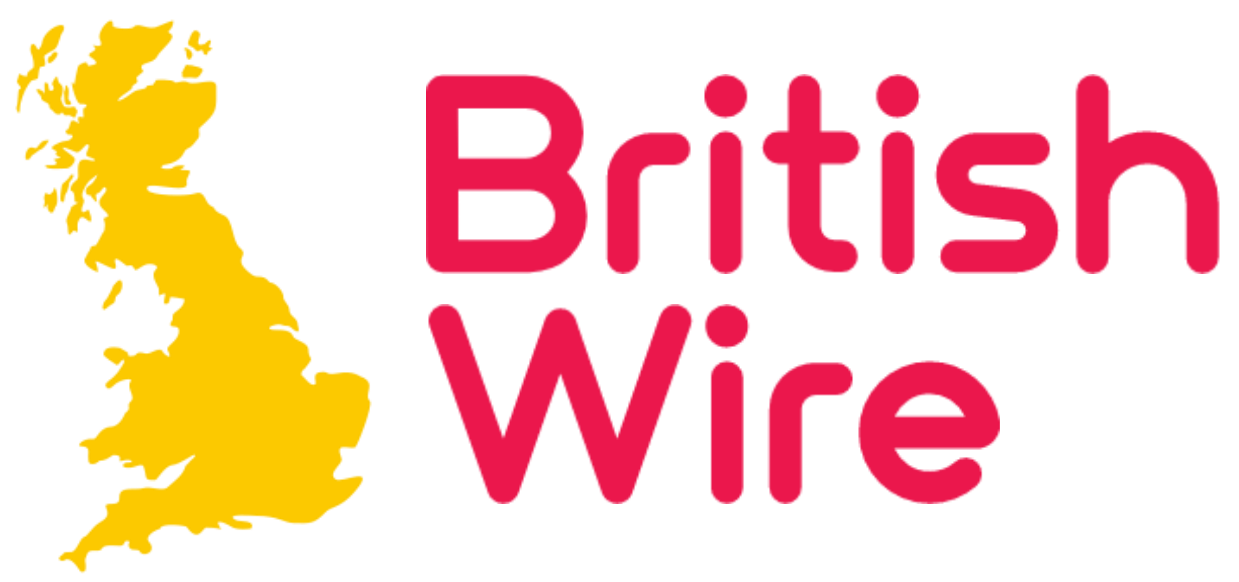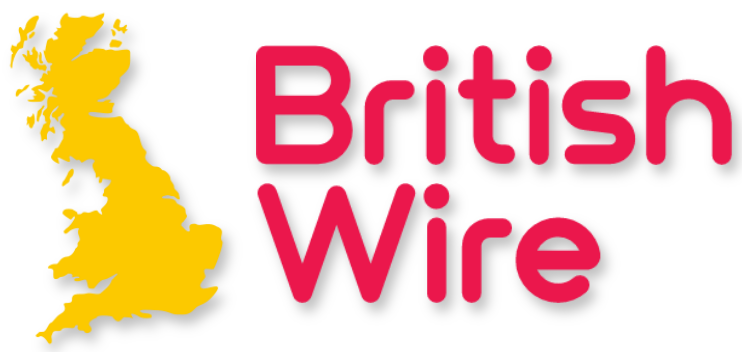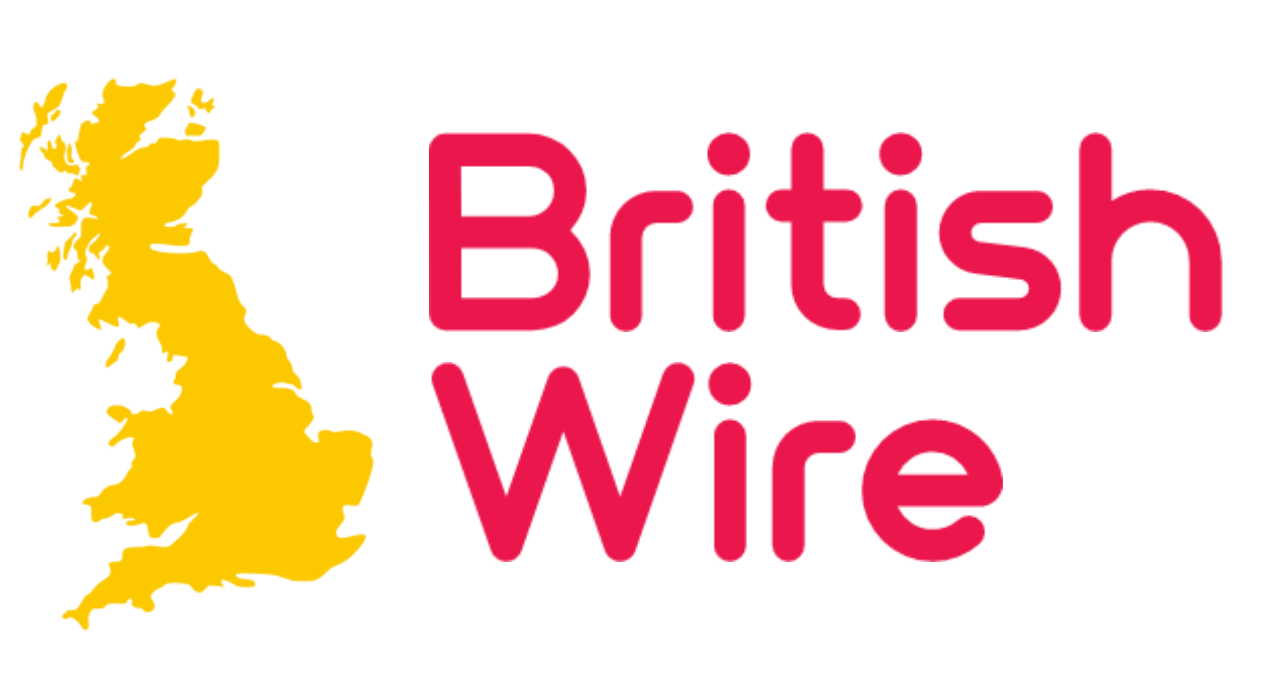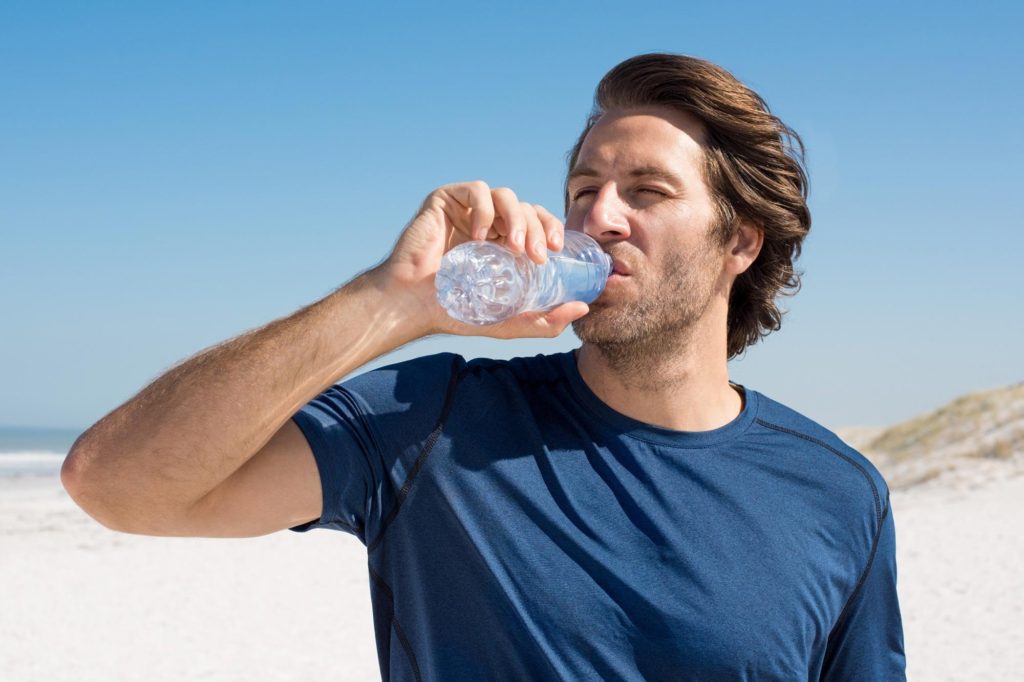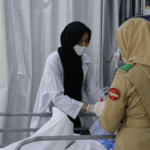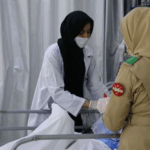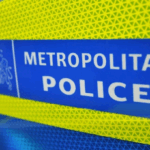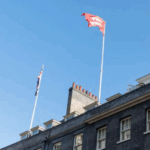Dehydration appears when your body loses an essential amount of fluids, salts, and minerals. In hot weather, people begin to participate in outdoor activities and when starting outdoor activities, make sure you drink plenty of water to avoid dehydration. Water is a basic need. In the human body, 60% consists of water. Dehydration appears when we sweat water out of our bodies and it is not being replaced.
It can appear at any time of the year, but people do activities outdoors in the hot sun during the summer months. As a result, children and older adults are affected equally by dehydration.
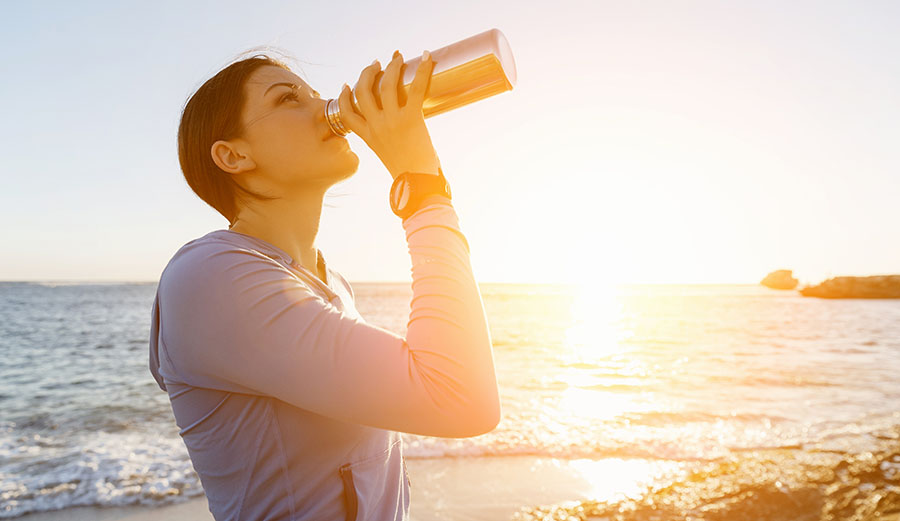 Signs of mild dehydration are lightheadedness, dry mouth, eyes, lips, headache, and fatigue. These symptoms tell that your body dehydrates. The skin will feel hot and sweat will stop. If anyone shows physical signs of dehydration, they must get them indoors and have them sleep.
Signs of mild dehydration are lightheadedness, dry mouth, eyes, lips, headache, and fatigue. These symptoms tell that your body dehydrates. The skin will feel hot and sweat will stop. If anyone shows physical signs of dehydration, they must get them indoors and have them sleep.
Use ice packs and wet clothes to bring down their internal temperature. If a person is experiencing confusion, immediate medical assistance is necessary.
Fortunately, averting dehydration is very simple. When spending time in the sun, it is essential to drink enough juice, especially water. If you are outside for a long time, like when visiting the park, make sure to take supplies with you so that you have easy access to hydrate.
How much water do you need?
Doctor opinion, there’s no one-size-fits-all formula for daily water absorption. The supply of water you should drink daily depends on your body, your medications, your health conditions, and other factors.
How to stay hydrated?
1. Drink water
According to the prevention and disease control centers, daily fluid absorption recommendations alter by age, pregnancy, and breastfeeding. A cup of drinking water each morning when you wake up or a glass before sleep. Another glass with every meal. Two cups after working out.
2. Know the sign of dehydration
If you feel skin dry, inflamed, itchy, or sensitive, that is a sign of dehydration. You are also experiencing a feeling dizzy, tired, and headache. Other signs are too rapid breathing, muscle cramps, fainting, and not urinating. If you show any of these symptoms, get out of the heat and drink liquids.
3. Avoid Alcohol and sugary drinks
Drinks like sugary sodas, beer, wine, and hard liquor, sweet tea energy drinks, smoothies, lemonade, and flavored milk culprits are loaded with sugar and sodium that remove water from your tissue.
4. Cooldown
During summer when the risk for heatstroke is at its highest, loose-fitting clothing in light colors. Protect yourself from the sun with shades and hats.
5. Eat food with high water content
Almost 80 percent of our water intake comes from drinking water, and 20 percent from food. All fruits and vegetables contain some water.
